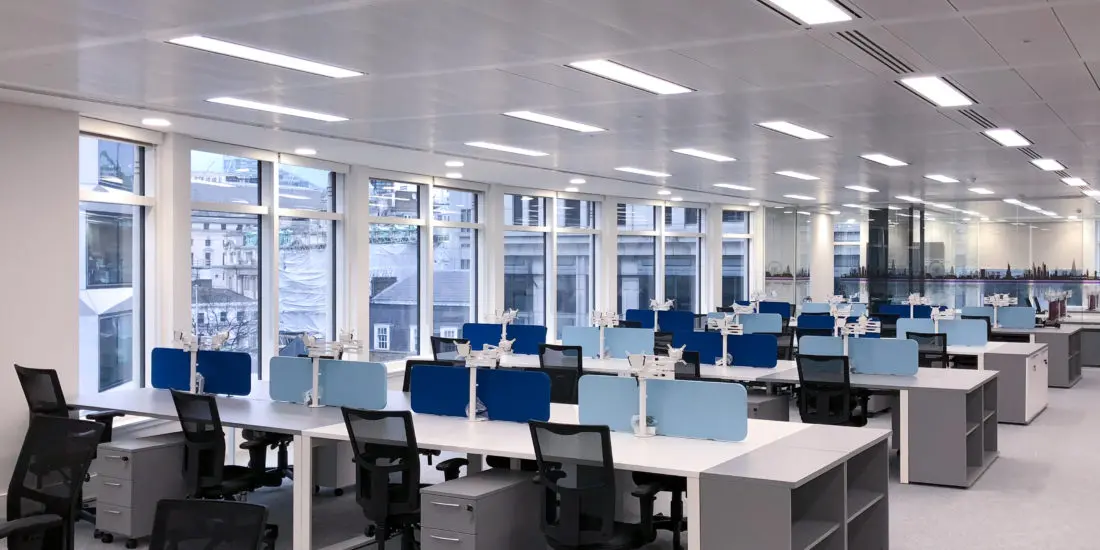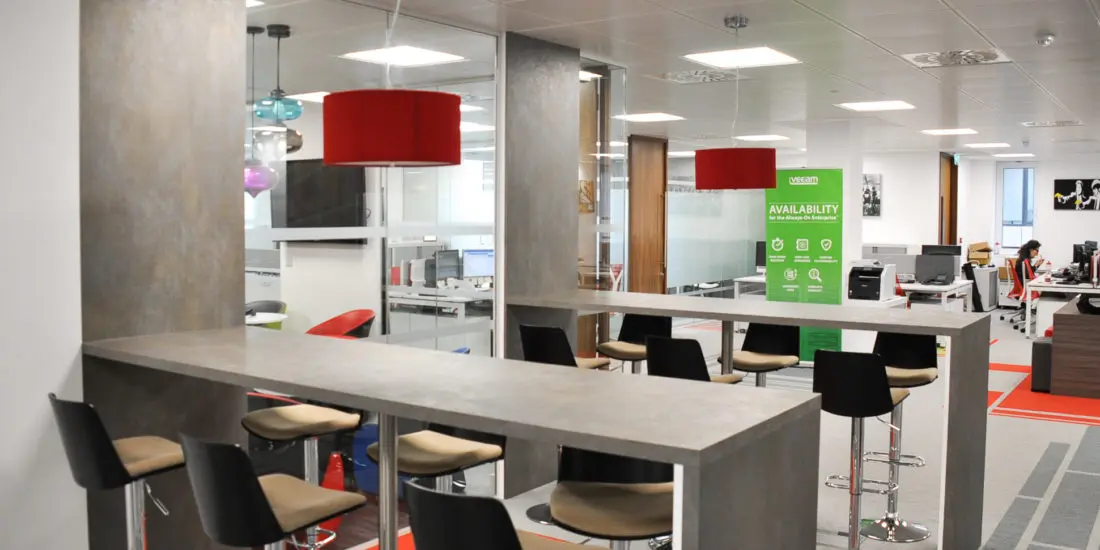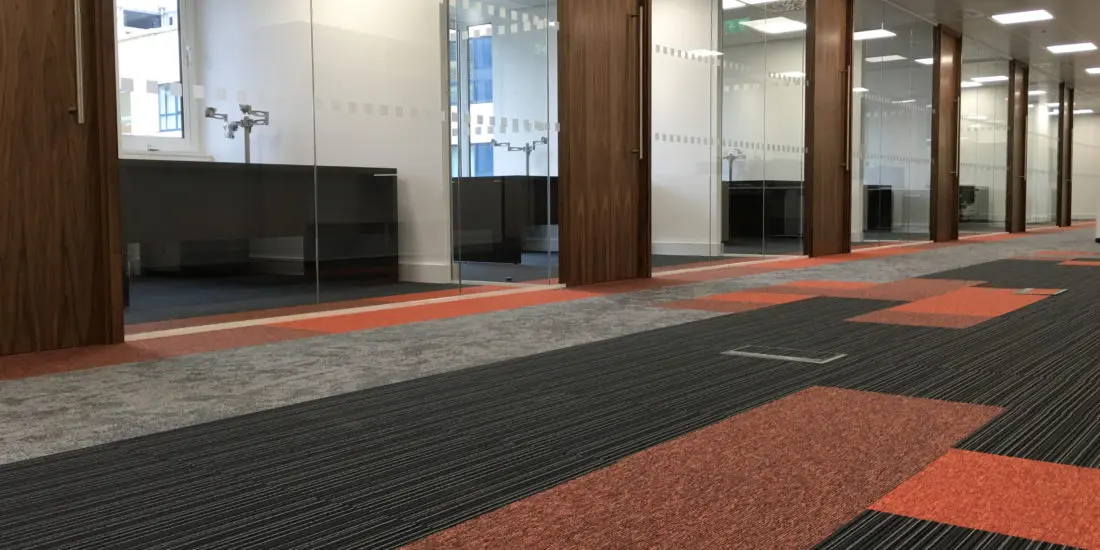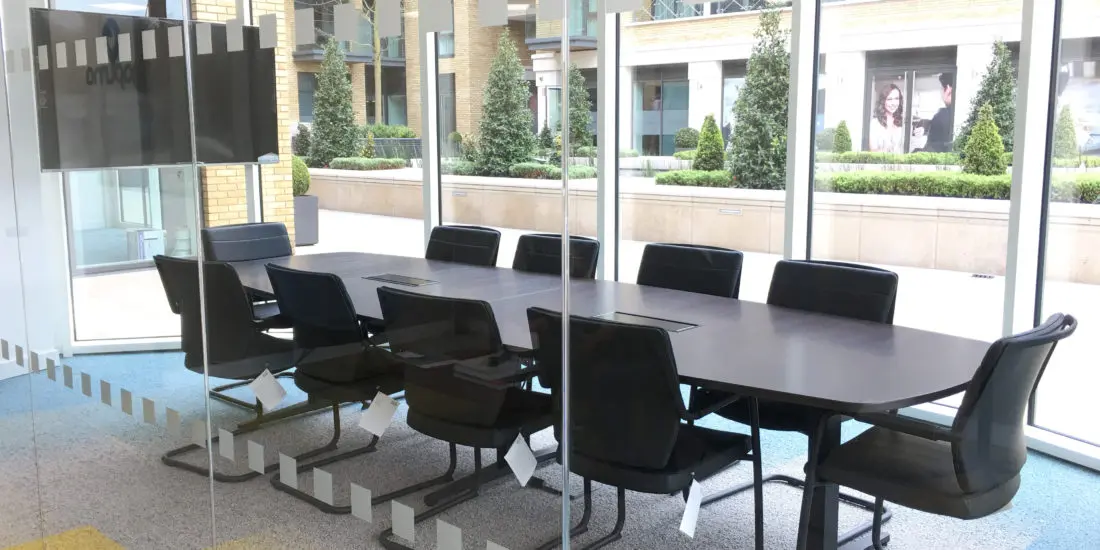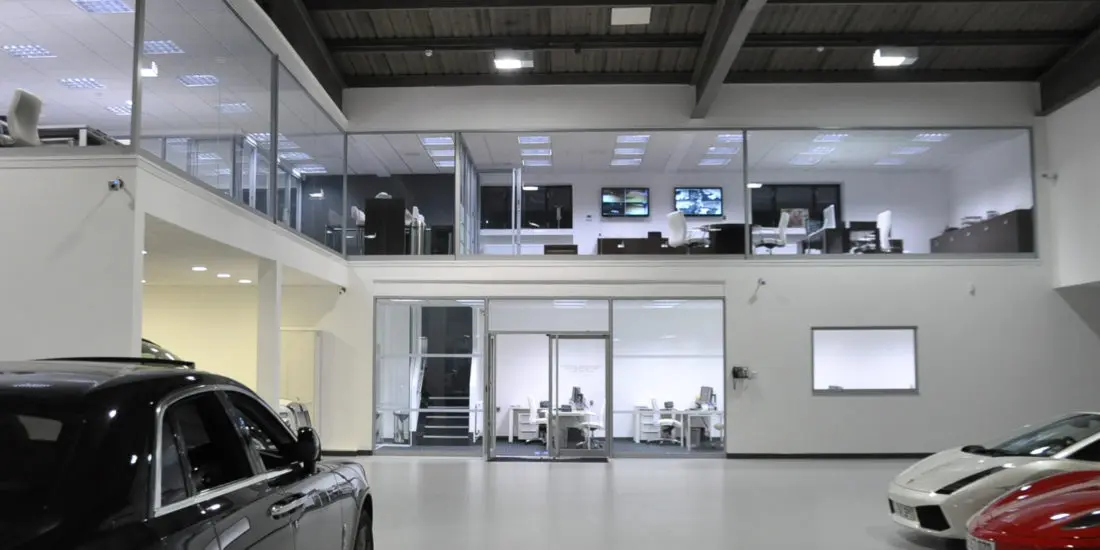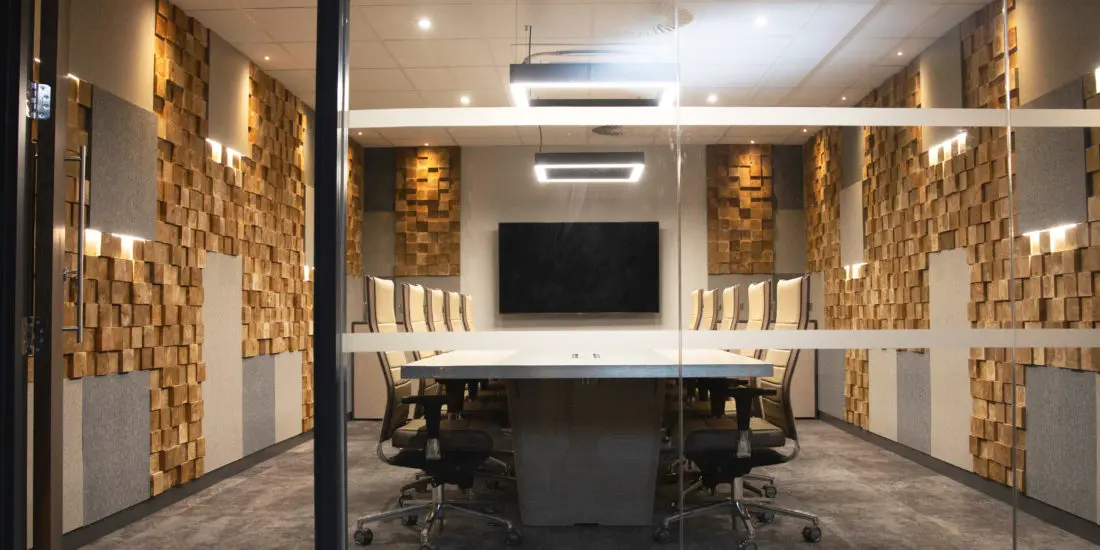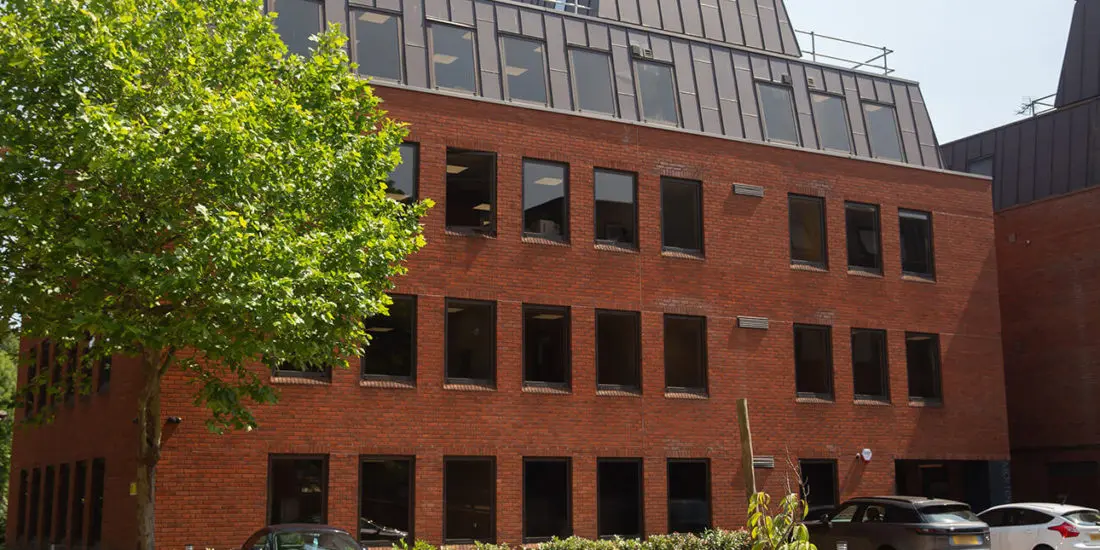Introduction
The COVID-19 pandemic has had a significant impact on the world of work, forcing many companies to re-evaluate their approach to office space and work arrangements. The need to implement social distancing guidelines and other safety measures has sparked a renewed interest in office fit-out projects that prioritise safety and productivity. In this article, we will explore the essential considerations for office fit-out projects in a post-COVID world and guide how to ensure a safe and productive workspace.
1. The impact of COVID-19 on office spaces
The COVID-19 pandemic has fundamentally changed the way we think about office space. Before the pandemic, open-plan offices were all the rage, with many companies adopting this layout to encourage collaboration and creativity. However, COVID-19 has highlighted the potential drawbacks of this setup. With the need for social distancing, open-plan offices can create a breeding ground for the spread of the virus. Furthermore, the pandemic has also highlighted the importance of ventilation and air quality, with many companies now beginning to invest in air filtration systems to reduce the risk of transmission.
2. The importance of prioritising safety and productivity in office fit-out projects
With the pandemic continuing to impact the way we work, companies must take a proactive approach to office fit-out projects. Safety and productivity should be the top priorities, with companies investing in solutions that can help reduce the risk of transmission while also improving the working environment for employees. In the following sections, we will discuss the essential considerations for office fit-out projects in a post-COVID world.
Essential Considerations for Office Fitout Projects in a Post-COVID World
1. Space Planning
When it comes to office fit-out projects in a post-COVID world, space planning is one of the most critical considerations. Companies need to redesign their office spaces to allow for social distancing, which means incorporating wider corridors, larger meeting rooms, and more private workspaces. For example, instead of open-plan offices, companies could consider installing modular workstations that allow employees to work in their pods. Such pods should be spaced out to reduce the risk of transmission and should be equipped with partitions or screens to provide privacy.
2. Air Quality and Ventilation
Air quality and ventilation are essential considerations when it comes to office fit-out projects. Companies should invest in air filtration systems that can help improve the quality of air in the workspace. Research has shown that poorly ventilated indoor spaces can increase the risk of virus transmission, so it’s essential to prioritise air quality when designing office spaces. Additionally, it’s essential to ensure that air conditioning systems are regularly serviced and filters are changed frequently to maintain optimal air quality.
3. Hygiene and Sanitisation
Hygiene and sanitisation are critical considerations in the post-COVID world. Companies should invest in touchless technologies like automatic doors, sensor-activated hand sanitisers, and smart elevators that minimise contact between employees. Additionally, companies should develop robust cleaning protocols that include regular sanitisation of high-touch surfaces like door handles, elevator buttons, and workstations. Spaces for sanitisation should also be added, such as hand-washing stations or sanitisation kiosks.
4. Furniture and fixtures
Furniture and fixtures play a crucial role in office fit-out projects. In the post-COVID world, it’s essential to invest in easy-to-clean and disinfect furniture and fixtures. For example, instead of fabric chairs that are difficult to clean, companies could consider chairs made of materials that can withstand frequent sanitisation. All surfaces should be made of materials that can be easily disinfected.
5. Technology
With the rise of remote work, companies should also invest in technology that can facilitate a hybrid work environment. This includes video conferencing tools, collaboration software and equipment, and other technologies that can help employees work productively both in the office and remotely. Also important is the installation of thermal scanners at the entrance of the office to detect and prevent persons with a high body temperature from entering the office.
Conclusion
In conclusion, office fit-out projects in a post-COVID world must prioritise safety and productivity. This requires a comprehensive approach that includes considerations for space planning, air quality, hygiene and sanitisation, furniture and fixtures, and technology. With this approach, companies can create a safe and productive workspace that enables employees to thrive and work efficiently.







